Mapping the minds of killers is no small undertaking. Robert Ressler was the man who developed psychological profiling at the FBI Behavioural Science Unit in Quantico, Virginia. Along with his colleague John Douglas, he was involved in some of the highest-profile serial killer cases in American history, including John Wayne Gacy, Ted Bundy, and Jeffrey Dahmer.
Robert Ressler became fascinated by the act of murder and how one individual can take the life of another at an early age. He was a 9-year-old boy in Chicago, Illinois at the time of the 1946 ‘Lipstick Killer’ case where two women and a young girl were abducted and murdered in the city. Young Ressler and his friends created their own detective group to catch the culprit. The case was dubbed the ‘Lipstick’ case due to a message scrawled at one of the crime scenes. The killer appeared to be appealing for help to forcibly stop his murderous spree as he was unable to stop himself.
William Heirens was arrested at age 17 and confessed to each crime, although today there are some serious doubts over the validity of his confessions. For Ressler, this case sparked his lifelong intrigue in the minds of serial killers and the opportunities psychological profiling presented.
The questions of why they did what they did…was it an irresistible urge they could not control?…or, do they make the active choice to kill? were questions he could not put aside. These were the questions he spent a lifetime trying to answer.
The Birth of The Criminal Profiler at the FBI
After graduating from Michigan State University with a Bachelor of Science degree in 1962 and a Master of Science degree in 1968, Ressler joined the US Army as a military investigator and learned how to catch criminals.
During his time in the Army, he served as a Criminal Investigation Supervisor and Military Police Operations and Intelligence Officer where he was awarded a number of medals and awards for his outstanding service. Upon leaving the Army at the rank of Major he joined the FBI in 1970. Robert Ressler had a desire to combine psychology with criminal cases in an attempt to gain an understanding of the mind of criminals.
The motives of a killer became his focus. He was determined that if we could have a better understanding of the motives behind a murder, we would have a better understanding of such crimes and the people who commit them. The notion of psychological profiling was born.
Whoever Fights Monsters: My Twenty Years Tracking Serial Killers for the FBI
Sexual Homicide: Patterns and Motives
I Have Lived In The Monster
Acceptance of Criminology and Profiling
At that time, psychology was not as well received as it is today, particularly not in a criminal sense. Evidence and forensics were the center of attention not theories and possibilities regarding the minds of murderers.
“What is this force that takes a hold of a person and pushes them over the edge?” – Robert Ressler
Ressler pressed forward regardless and continued to focus his attention on serial killers, calling his methods criminal profiling. In 1974 he received a promotion to Supervisory Special Agent and was assigned to the Behavioural Science Unit at Quantico.
William Webster was the head of the FBI at that time and sat down to listen to Ressler’s ideas. Webster believed in him and believed his ideas for chasing killers through psychology were worth investing in. The basis of profiling for Robert Ressler was the creation of a psychological portrait of a murderer and a dedicated program was set up to do just that.
The Development of Profiling through Criminal Cases
By 1978, Ressler had built up a team within the Behavioural Science Unit. They began to apply psychological theory, victimology, and crime scene analysis across difficult criminal cases to generate a profile of the person responsible.
Alongside fellow criminal profilers John Douglas and Roy Hazelwood, the experience was being gained in a new method of catching criminals. Upon reflection, police officers and criminal investigators had been using profiling techniques for many years without realizing it. The visual analysis of a crime scene, the logical sequence of events, and the presence or absence of certain characteristics; all have been used to help understand a criminal and their motives.
In 1985 with the support of Robert Ressler, the Violent Criminal Apprehension Program (ViCAP) was developed and based at Quantico. A system that would collect and collate information on violent crimes across the country allowing connections between crimes and criminals to be made.
Mindhunter: Inside the FBI’s Elite Serial Crime Unit
The Cases That Haunt Us
The Evil That Men Do: FBI Profiler Roy Hazelwood’s Journey into the Minds of Sexual Predators
Dark Dreams: A Legendary FBI Profiler Examines Homicide and the Criminal Mind
The Psychology of Serial Killers
Robert Ressler has spent many hours exploring the minds of those who kill. In an ambitious project with John Douglas in the late 1970s, a series of interviews were carried out with some of the worst serial killers known in American history. The aim was to gain information on their lives and their personalities to see what could be matched with their crimes and how they carried them out.
In total, they interviewed 36 serial killers and the data from this study formed the basis of their theories on organized and disorganized killers with personality types and behavioral traits also being gleaned from the information discovered during those interviews.
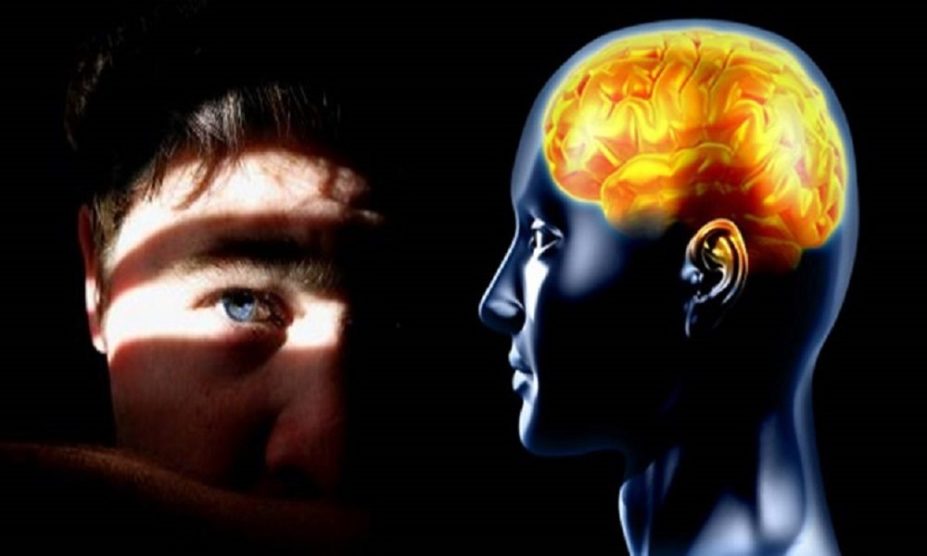
John Wayne Gacy – The Killer Clown
When the case of John Wayne Gacy broke in Chicago, Illinois in 1978, Robert Ressler offered his assistance to the local investigators realizing that this was an opportunity to test some of his psychological profiling theories.
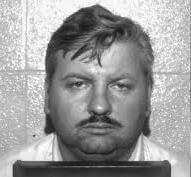
John Wayne Gacy was responsible for the murders of at least 33 young men between 1972 and 1978. Operating in and around Illinois, Gacy would lure his victims back to his home where he would strangle them to death.
He buried 26 victims underneath his house and a further 3 victims in his garden. The remains of his final victims are thought to have been dumped in a nearby river. John Wayne Gacy was a community-spirited man, often dressing up as a clown to entertain the local children, earning him the nickname Killer Clown once his murders were discovered.
Serial killers who are organized tend to show planning, forethought, and cunning and are able to maintain full control over their lives and how they appear to those around them. A profile that very much fits the character and activities of John Wayne Gacy.
“Well, Mr. Ressler, you’re the criminal profiler. You’re the FBI. You figure it out.” – John Wayne Gacy
Gacy was put on trial in February 1980 charged with 33 murders. He claimed he had multiple personality disorder and could not be held fully responsible for his actions. The jury, however, felt he was sane and found him guilty of all 33 charges. John Wayne Gacy was sentenced to death for his crimes and he was executed by lethal injection in Illinois at age 52 years old.
Gacy’s claim in his trial that it was, in fact, his alter-ego who had committed the murders, highlighted to Robert Ressler that even the most organized of criminals can become dissociated from their crimes. It confirmed a controlled man who can function normally in society can also be the most dangerous.
Ted Bundy – The Lady Killer
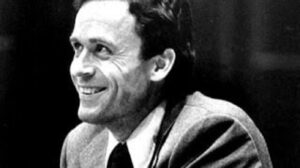
Robert Ressler had the opportunity to interview Ted Bundy directly, one of the first criminal investigators to do so, and found him to be one of the most intelligent and narcissistic criminals he had ever come across.
Theodore Robert ‘Ted’ Bundy kidnapped, raped, and murdered as many as 36 young women between 1974 and 1978 across Colorado and Florida.
Just before his execution in 1989, Bundy confessed to 30 murders but the true count of his victims remains unknown. There has even been speculation for many years that 15-year-old Ted Bundy may have been responsible for the disappearance of 8-year-old Ann Marie Burr, who lived in the same Tacoma, Washington neighborhood in 1961.
The very popular and now well-known book “The Stranger Beside Me” by crime writer Ann Rule, who knew Bundy personally, describes a sadistic man who enjoyed holding power over women and inflicting pain on others. Bundy used his intelligence, good looks, and charm to lure his victims who had no reason to fear this well-spoken and polite man. He also appeared to be very good at targeting victims who were the most vulnerable.
Robert Ressler reported he still felt uncomfortable years later about the conversations he had with Ted Bundy, never feeling he was able to understand Bundy and in fact felt concerned Bundy understood more about him than the other way around. Bundy offered to come to the FBI and teach classes about his crimes and motives, an offer which the FBI refused. According to Robert Ressler, Ted Bundy was a ‘master of his game.’
“The profile is one tool in the toolbox of the investigator.” – Robert Ressler
In February 1975 Ted Bundy was tried for the kidnap and assault of Carol DaRonch, one of the few women who had been able to escape Ted Bundy alive. Found guilty he was sentenced to one-to-fifteen years in prison.
Now known to authorities, connections began to be made to a number of unsolved homicides. In 1977 he faced his first murder charges and elected to defend himself. During a preparation hearing at Pitkin County courthouse in Aspen, he managed to escape and continued on the run for eight days before being recaptured.
While awaiting the start of his trial, Bundy made a second escape in 1978 which saw him travel to Florida and attack four young female students, killing two of them, at Florida State University. From there he went on to kidnap and murder 12-year-old Kimberly Leach before he was recaptured by police and returned to his prison cell.
Ted Bundy received the death penalty three times over for these murders and in 1989 he was executed in the electric chair at Florida State Prison.
The Profiling of Jeffrey Dahmer
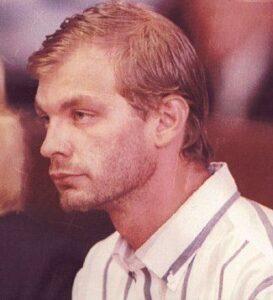
In 1991 police made a discovery in a small Wisconsin apartment that shocked them to the core. A quiet 31-year-old man by the name of Jeffrey Dahmer had been killing men and keeping their body parts.
32-year-old Tracy Edwards had accompanied Dahmer back to his home that evening unaware of his new friend’s intentions. Edwards had fled the apartment reciting a terrifying tale to police of being captured and held by Dahmer and subjected to abuse.
Returning to the apartment with the police, Dahmer was found rocking and in a state of dissociation just as Tracy Edwards had left him hours earlier.
Upon searching Dahmer’s apartment, attending police realized they had a serial killer on their hands and he had been operating for some time. After Dahmer’s arrest, Robert Ressler was asked to interview him with the idea of testifying for his defense, based on an insanity plea by his lawyers. Ressler was intrigued by this case, the details of which seemed incomprehensible and unlike any case he had seen before.
Jeffrey Dahmer killed and dismembered 17 men and boys between 1978 and 1991 in Wisconsin. He had taken photographs of many of his victims’ remains and had engaged in necrophilia and cannibalism, keeping his victims’ body parts all over his apartment.
Robert Ressler was very surprised at the demeanor of Dahmer and his willingness to openly talk about his crimes, his motivations and feelings, and the reasons why he committed the horrific acts that he had.
He felt Jeffery Dahmer was not of sound mind at the time of his crimes. He lived in a fantasy world where he wanted to have a compliant and submissive partner.
Dahmer, according to Ressler, was emotionally driven to commit his crimes and once an individual was in his apartment he was unable to stop himself from trying to achieve his aim and keep this person with him. Dahmer invited Ressler into his mind and opened the door to a hidden world of thoughts, feelings, and emotions behind his killings which Ressler was able to access for the first time. Dahmer said he felt like he was watching himself during the crimes which is a clear indication of dissociation often due to personality disorder.
Jeffrey Dahmer’s trial began in January 1992 in Milwaukee where he pleaded guilty to all charges against him. His defense team argued Dahmer was insane and could not be held responsible for his actions. A number of psychiatrists and psychologists testified in Dahmer’s defense, advising of borderline personality disorder and schizotypal personality disorder.
The prosecution disagreed and called in forensic psychiatrist Dr. Park Dietz who testified he did not believe Dahmer was insane or that he was suffering from mental illness at the time of his crimes. In February 1992, Jeffrey Dahmer was found to be of sound mind and found guilty of the 15 murders he was charged with.
He was sentenced to life imprisonment (the state of Wisconsin had abolished the death penalty in 1853) with no chance of parole. He was sent to Columbia Correctional Institution in Portage, Wisconsin and after spending the first year in solitary confinement, he was beaten to death along with another prisoner, Jesse Anderson, in 1994 by fellow prisoner Christopher Scarver.
Jeffrey Dahmer was Robert Ressler’s first example of an organized killer who lost control in a psychotic episode and it changed the direction of his psychological profiling in the future. The mind and motivations cannot always be categorized so easily and clearly. The case of Dahmer also highlighted how the most brutal and horrific of killers could be the man next door, a family member, a friend, or a colleague.
The Legacy of Robert Ressler
Without the work of Robert Ressler and his colleagues, the insights we have gained into the minds of those who kill may never have moved forward. Ressler retired from the FBI in 1990 after 20 years of service. He continued to provide teaching and education in the field of criminology, psychology, and psychological profiling. He also authored a number of books on the subject. Robert Ressler died in May 2013 of Parkinson’s disease at age 76 years.
Criminology, specifically forensic psychology and psychological profiling have developed and grown into a field in its own right with the potential to provide us with understanding and knowledge into that question Robert Ressler had as a 9-year-old boy: what makes a man kill his fellow man? If this question can ever be fully answered the possibility of preventing a criminal from becoming a serial offender, or even intervening before they act at all, becomes an ever closer possibility.
References
- Dean. P. (1997) Interviews With The Sick and Infamous. LA Times.
- Robert K. Ressler, 1937-2013. MindhuntersInc.
- Ramsland. K (2014) The FBI’s Sessions with Serial Killers. Shadow Boxing Blog. Psychology Today
- Rea. D. (2006) Robert K Ressler Interview. Sci-Fi-Online
- Ressler. R.K., and Shachtman, T. (1992) Whoever Fights Monsters: My Twenty Years Tracking Serial Killers for the FBI. St. Martin’s Press
- Ressler. R.K., and Shachtman, T. (2003) I Have Lived In The Monster: Inside The Minds of the World’s Most Notorious Serial Killers. St. Martin’s Press
- Safarik. M (2013) In Memoriam – Robert Ressler. Forensic Behavioural Services.
- Sullivan. B. (2013) The FBI Investigator Who Coined The Term ‘Serial Killer’. NPR Remembrances. NPR.org
Cite This Article
Guy, F. (2016, Mar 12). Robert Ressler: Psychological Profiling Of Serial Killers. Crime Traveller. Retrieved from https://www.crimetraveller.org/2016/03/robert-ressler-psychological-profiling/
- The Big Book of Serial Killers (An Encyclopedia of Serial Killers) “There is little more terrifying than those who hunt, stalk and snatch their prey under the cloak of darkness. These serial killers are not mythical beasts with horns and shaggy hair. They are people living among society, going about their day to day activities until nightfall.
- You Think You Know Me: The True Story of Herb Baumeister and the Horror at Fox Hollow Farm (True Crime) “You Think You Know Me is a chilling account of Herb Baumeister and one of the most mysterious true crime stories in American history. Herb Baumeister would be alleged to have killed at least ten men along the Interstate 70 between Indiana and Ohio, and coined the “I-70 Strangler”.”
- Serial Killers: The Method and Madness of Monsters Vronsky not only offers sound theories on what makes a serial killer but also provides concrete suggestions on how to survive an encounter with one.
Prefer Audiobooks? Audible 30-Day Free Trial with free audiobooks.








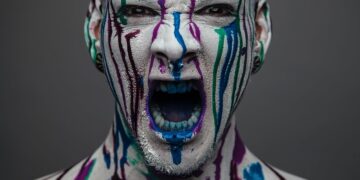

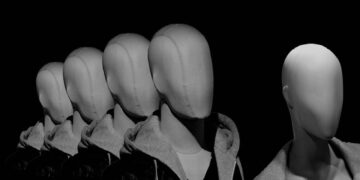
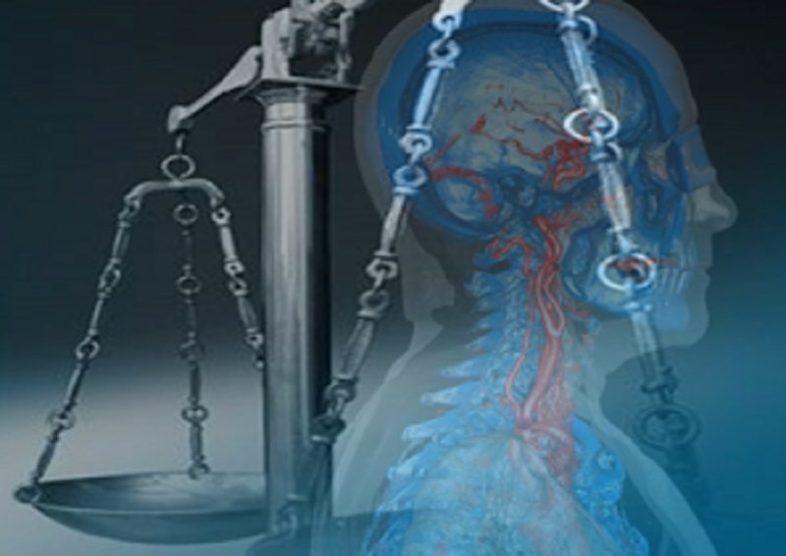
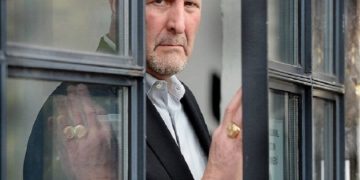
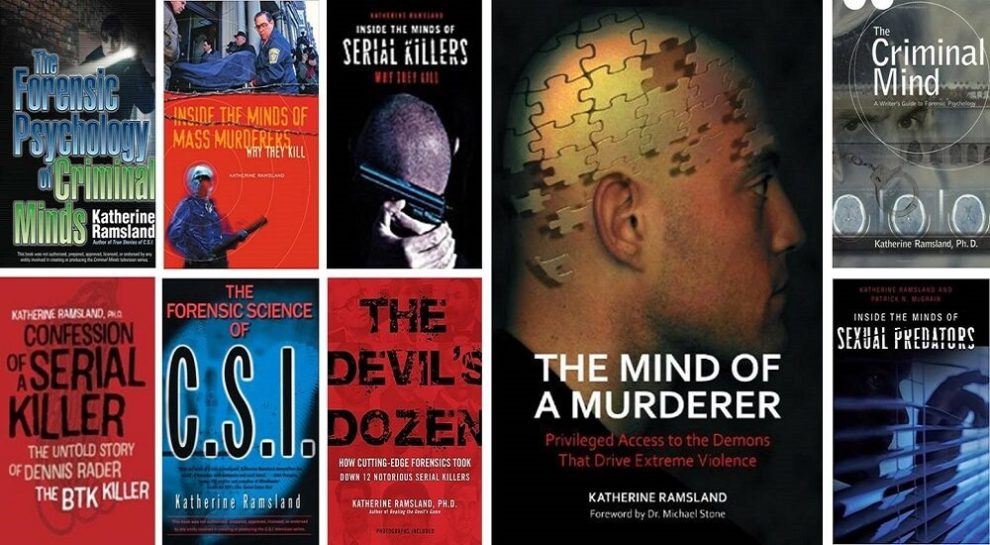
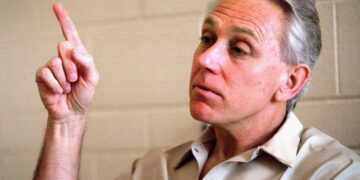
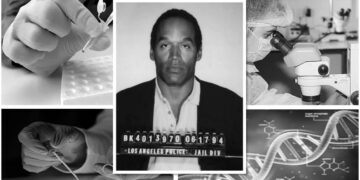
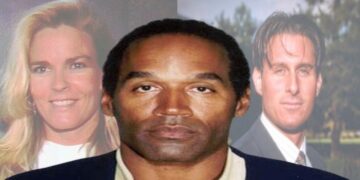

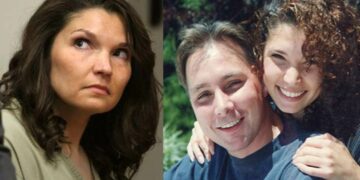

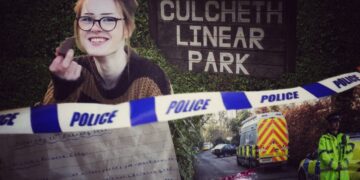

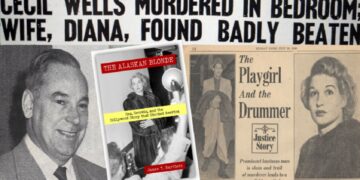



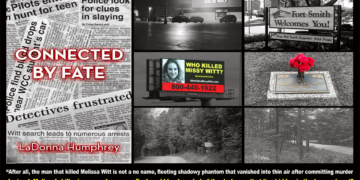
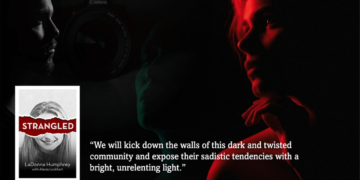
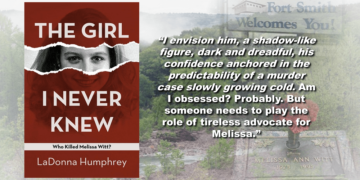
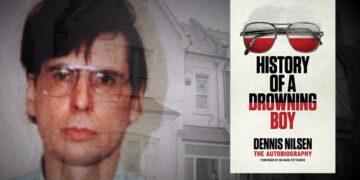
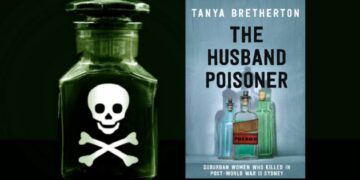
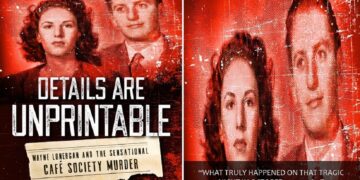



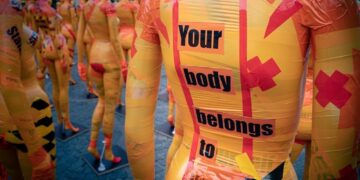

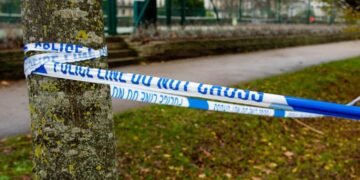

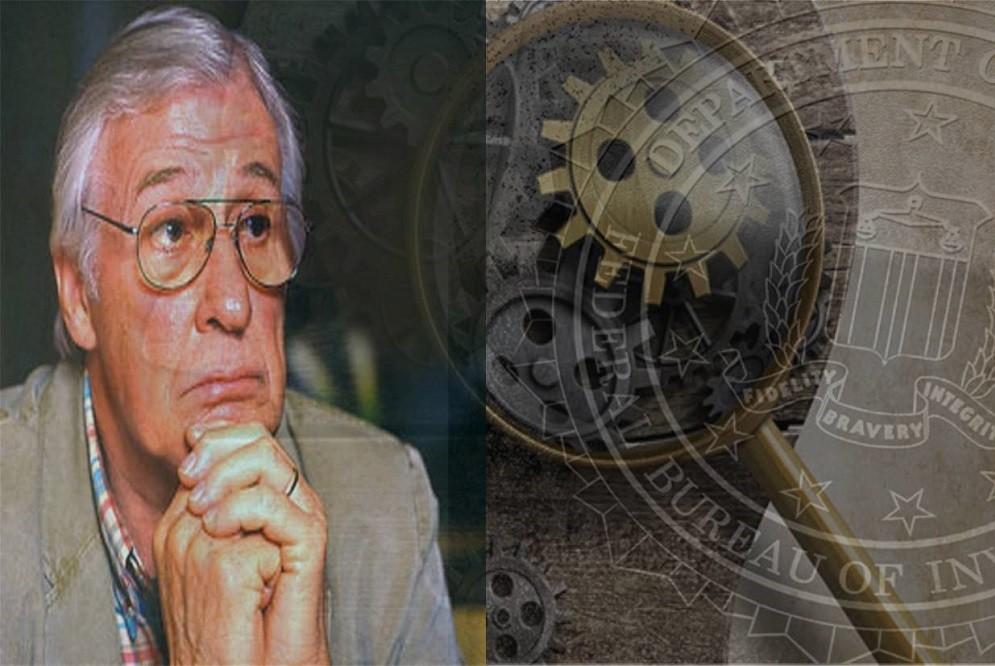

Hey there, thanks for all this info… been looking for this for some time now, thanks alot
Thanks very interesting blog!
I am a long time fan of John Douglas and Robert Ressler. During the six years I attended college in a criminal justice program I came across their names in my research quite a bit. Like Robert Ressler, I wanted to know how one person could actually do some of the horrific things they did to another person? I did some in depth research using books, articles and documentaries…..basically, anything I could get information from to help find an answer to my query. I found particularly interesting the writings and studies Robert Ressler and John Douglas had done. I had to go all the way back to the childhood of a particular killer in order to find some answers. There are still unanswered questions to that research because of the juvenile records of a particular killer had been sealed, to which i have no idea as to how to get the information opened. Perhaps Robert Ressler could get the files opened if only he were still alive, or maybe John Douglas could? They were sealed under false pretenses, and the killer actually had the head of a teenage girl in his trunk at the time of the meeting which determined he was no longer a threat to himself or to others, and they sealed up his records. Those particular juvenile records could possibly contain the key that unlocks the door to so many questions about the mind of the serial killer.
Why would there be more ” serial killers ” in the United States, than anywhere else in the world? humans are wired to kill. That is why we are at the top of the food chain. it’s like the word ” Peace ” there is no such thing save for short periods of time. But its always been war and killing
I am the mother of the recent Mother’s day disappearance of my daughter (of 3 children) Joleen Jensen Cummings. The suspect Kimberly Kessler is charged with Grand theft and new charges are fourth coming and by the FBI. She used 18 alias and has resided in 33 cities prior to her own disappearance in 2002. It took her mother 8 years to report her missing. It took me less than 24 hours to report my daughter missing. My daughter was last heard from on May 12, 2018. She was never seen leaving her work at 5pm, where her and the suspect had worked together. May 13, 2018 my daughter was to have her 34th Birthday on Mother’s day and was born on Mother’s Day. My daughter loved all holidays especially Mother’s Day. You can pull up a dozen stories on the suspect and you will find she has quite a past. My daughter’s has been missing since May 12, 2018 and her body has not been found. I struggle with this every single day and that fact that this suspect may also be a serial killer. I was told, I may never see my daughter again, who LEO believes is dead. How do you get these insane people to talk? I want and need some type of closure to ascertain where she placed my daughter’s body. How do you deal with someone with no remorse, who met my grandchild and saw pictures of her younger siblings on my daughter’s work station at the salon??? They have no feelings, nor do they care what they have done, how do you bring them down to their level?
I am so sorry about the disappearance of your daughter. Being left with no answers and no information as to what has happened and why is a torturous and cruel position for any parent to have to endure. There seems to be no clear understanding on why some people will talk about what they have done to others and some refuse, and those with a total lack of empathy, in the case of many serial killers, can be the hardest to extract information from. I very much hope that one day soon you will get the answers you need and find the closure you deserve.
Hi there, here every one is sharing such experience, thus it’s nice to read this web site, and I used to visit this webpage everyday.